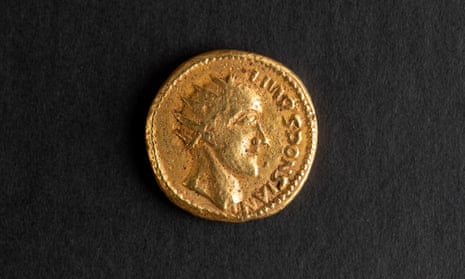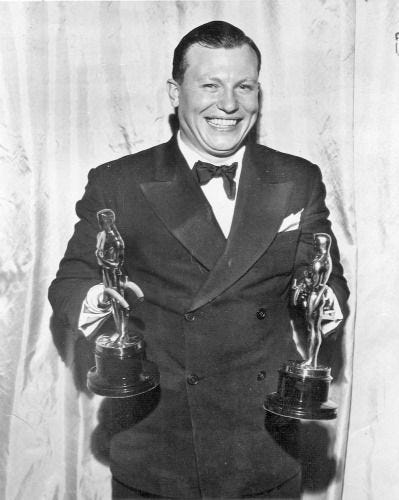Part 2 of our trek back into an ancient land, going through the rest of the Fillmore East program from May 16-17, 1969. Part 1 can be found here.
Joshua Light Show worked the lights for both of Bill Graham's venues in San Francisco and New York. Never was much into the whole aura and mystique of the light shows. The Musician's Classified is a real view into how things worked back then. Tried tracking some of the names but couldn't find anything verifiable.

Bill Graham was a tough guy and took on everybody. Graham, Jewish and born in Germany in 1931, was one of of six children. His father died two days after his birth, and as conditions worsened his mother placed the two youngest, Bill and a sister, in an orphanage, from where in 1939 he was one of a group of Jewish children exchanged with Christian children in a French orphanage. From there he reached the U.S. (his mother was killed at Auschwitz), where he was placed in a foster home. Drafted in 1951, he fought in the Korean War, receiving the Bronze Star and Purple Heart (for his wounds). Graham died in a 1991 helicopter crash returning from a Huey Lewis & The News concert. Here he goes after the New York Times.
The upcoming shows for the Fillmore East, demonstrating the eclectic selection of acts. Imagine hearing Woody Herman & His Orchestra, followed by Led Zeppelin. If you can't, listen to Woody & Company
on the Ed Sullivan Show. My mom was a fan and I saw the Herman and his band perform sometime in the 60s at a local high school. Seats at the Fillmore cost $3, $4, or, if you wanted to splurge, $5.
All the basics for the venue: rules and the crew, "The Fillmore East Family". Best reminder of a long ago time: "
Public Telephones are located in mezzanine (upstairs) lobby."
You may have noticed on the upcoming Fillmore East schedule a June 1969 appearance by Chicago, at the bottom of a three act bill. The album pictured here is from The Chicago Transit Authority, the same group. CTA, an unusual double album from a new band, was released in April 1969, prompting threatened legal action by the real Chicago Transit Authority, leading the band to change its name. The first album was a best seller and spawned four hit singles. Hey, let's attend some free seminars and workshops on music in Oakland, California. It'll be cool, Country Joe McDonald, Elvin Bishop, Mike Bloomfield and Jerry Garcia will be there!
Never heard of Ford Theatre before seeing this program. According to Wikipedia, "Their sound was similar to other Boston-based psychedelic rock bands of the era, but more genuine", whatever that may mean. This was their second, and last, album. Ford Theatre disbanded in 1971.

We are here at the beginning of the brief rise of Delaney & Bonnie Bramlett. This is their second album and it created a lot of buzz in the industry and if you were reading Rolling Stone. Eric Clapton spotted them and they were signed to be the opening act for Blind Faith's US tour in 1969. Clapton ended up preferring to perform onstage with Delaney & Bonnie and when they put together a big tour in 1969/70 under the name of Delaney & Bonnie and Friends, Clapton usually appeared with them. Others joining the tour at times included Duane and Greg Allman and George Harrison. This is D&B at their peak, performing in December 1969, with Clapton, Harrison as well as Rita Coolidge, Bobby Keys (sax on many of the Rolling Stone albums of that period), and Carl Radle, Bobby Whitlock, and Jim Gordon, the last three going on to form Derek & The Dominoes with Clapton. D&B did alright for a couple of years, and then things fell apart due to drugs and Delaney's apparent abuse of Bonnie.

I don't know about you, but Royal Rags definitely sounds to me like the place to go to find things you'll only wear or use once.
Channel One was a comedy group active between 1967 and 1971. Chevy Chase was a member at one point. You can find out more about them here, and they even have
a Facebook page.
Liberty Records had been around since 1955 and before the British Invasion featured artists like Eddie Cochran, Bobby Vee, Jan and Dean, and
The Chipmunks. They survived the transition and several of the albums and artists featured on this page made it big. The 5th Dimension had its first big break with 1967's Up, Up and Away and this album, The Age of Aquarius, was a monster seller. One single, Laura Nyro's Wedding Bell Blues, topped the charts, but it was dwarfed by the success of Aquarius/Let The Sunshine, which topped the charts for six weeks in April and May of 1969 and became the best selling single of the entire year. You could not escape the song, from the Broadway show Hair, even if, like me, you wanted to.
You heard about Johnny Winter in Part 1. Canned Heat had a brief but very successful run until its two leaders died of drug overdoses. Traffic's Last Exit, a band I am still a fan of, was supposed to be its last, but it reformed a couple of years later and had another successful run. Albert Collins was a talented blues guitarist.
I'm glad they're telling me who Clarence Carter is because I don't have much of a recollection.
Well, this is a useful combo. Fusion was a music magazine published in Boston from 1967 to 1974. Don't know anything about it, but they published stuff by
Lester Bangs, so respect must be paid. I like the implied endorsement by John Lennon. And glad to know Zotique Limited was there to meet my astrologically guided choices in books, clothes, and gifts, if I had any interest, ever, in astrology. Didn't then or now.
Vanguard Records was a folk/jazz label. This was jazz guitarist Larry Coryell's first album and he went on to release more than two dozen over the course of his career. I had the Country Joe & The Fish album. It wasn't very good; my favorite song remains Sweet Martha Lorraine, from their first album. Buffy Sainte-Marie had a long career and is still active.
The Joan Baez record was dedicated to her then-husband serving jail time as a draft resister. Baez had a wonderful voice, but she approached every song with the same intensity, always sounding like she was giving a musical lecture, so never cared for her. And I'll never forgive her butchery of The Band's The Night They Drove Old Dixie Down.
Sweetwater had a music school? Strobe lights were cool back then. My buddies and I "liberated" some things and built our own strobes to operate while our band played. The House of Oldies was apparently different from Village Oldies, though the stores were only a block apart on Bleecker Street.
The Band's second album would be released on September 22, 1969. It was, and remains, a perfect album.
Three more nearby stores and The Edwin Hawkins Singers. Based on 1755 hymn by an Englishman, rearranged in gospel style by Edwin Hawkins, Oh Happy Day became a surprise international hit after its release in April 1969. Hawkins was choir director at the Ephesium Church of God in Christ in Berkeley, California, where the song was recorded. Lead singer Dorothy Combs Morrison was still active as of 2019.
The dirigible set off on its maiden voyage in January '69. You know the rest.
Nice to see Swingin' England weighing in. London Records was the home of the Rolling Stones in the 60s. Didn't know AUM or The Deviants at the time. You all know The Moody Blues and they were well known to us at the time. Savoy Brown had some success in the late 60s and early 70s. And then we come to Ten Years After and guitar whiz Alvin Lee. Their current release was Stonehenged, which sounds like
the inspiration for Spinal Tap, but the band really didn't break out until its
performance at Woodstock in August (that triple screen gimmick from the movie is
really annoying), followed by a couple of hit albums before crashing in 1973-4. The band's biggest hit was I'd Love To Change The World, with its delightfully ambiguous lyrics and meaning, from their 1971 album A Space In Time.
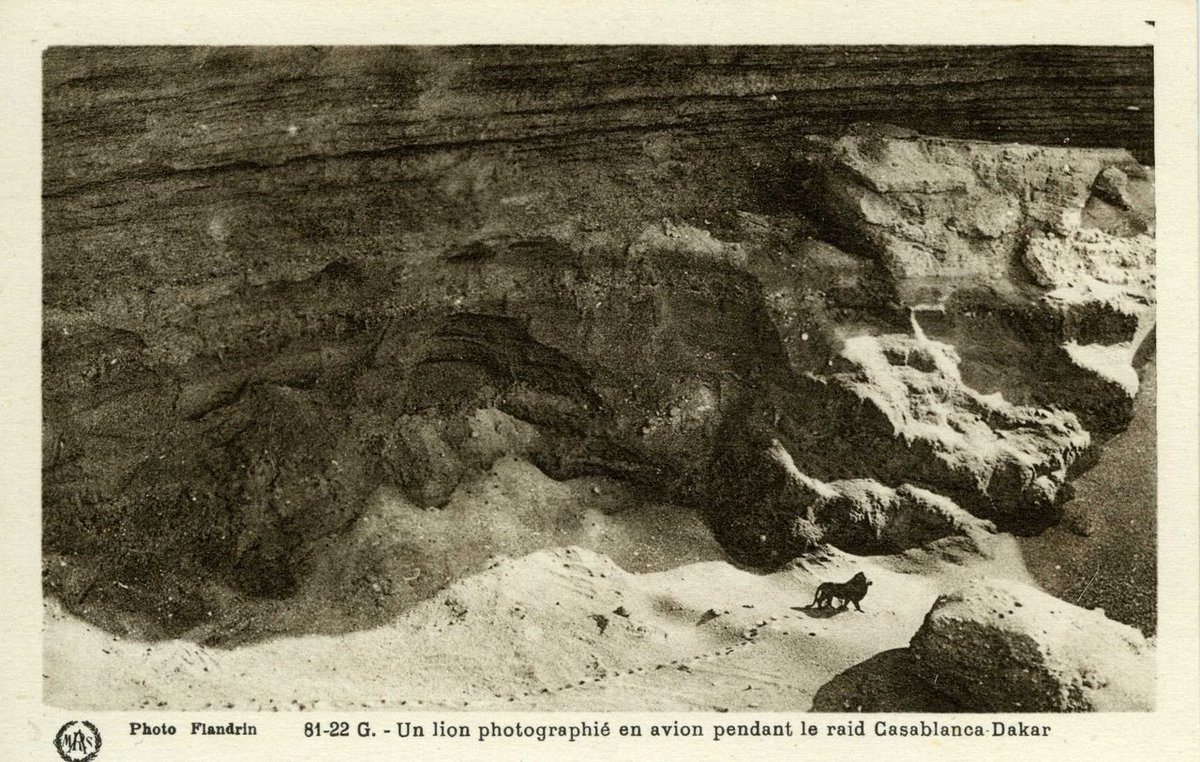

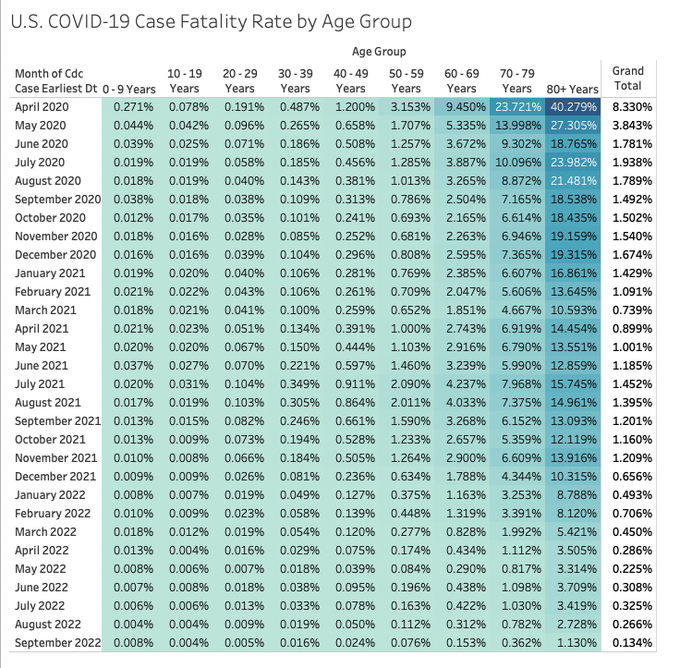 As you can see, the CFR drops quickly across all age groups after the spring of 2020. Rates drop throughout 2020, and then drop again in early 2021 as vaccines become available. There's a further small rise in the summer and early fall of '21 due to the Delta variant and then rates fall rapidly, even for the most vulnerable (those over 80).
As you can see, the CFR drops quickly across all age groups after the spring of 2020. Rates drop throughout 2020, and then drop again in early 2021 as vaccines become available. There's a further small rise in the summer and early fall of '21 due to the Delta variant and then rates fall rapidly, even for the most vulnerable (those over 80). 

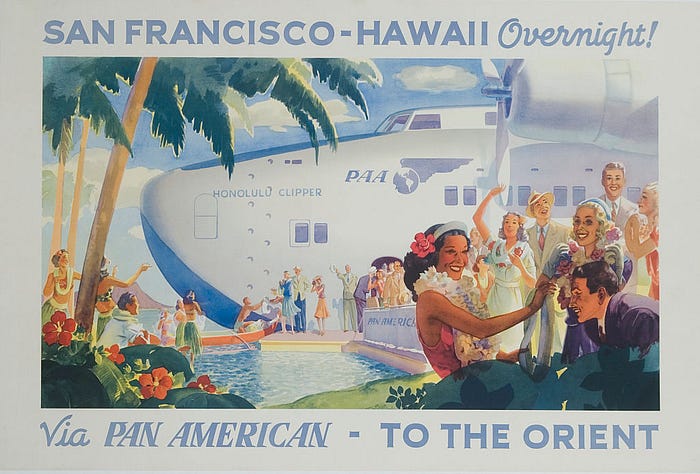
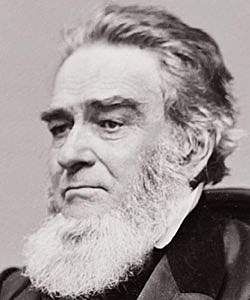 (Edward Bates, another Civil War guy with a beard)
(Edward Bates, another Civil War guy with a beard)